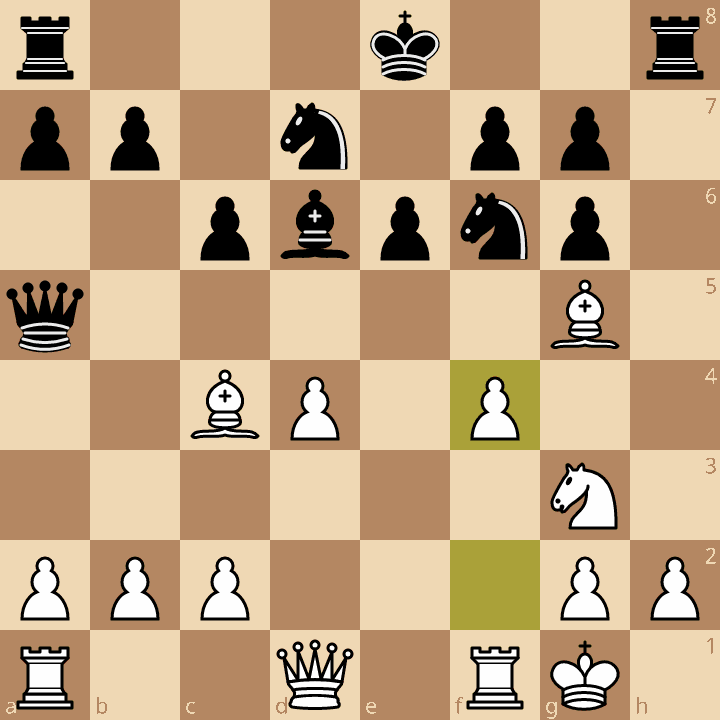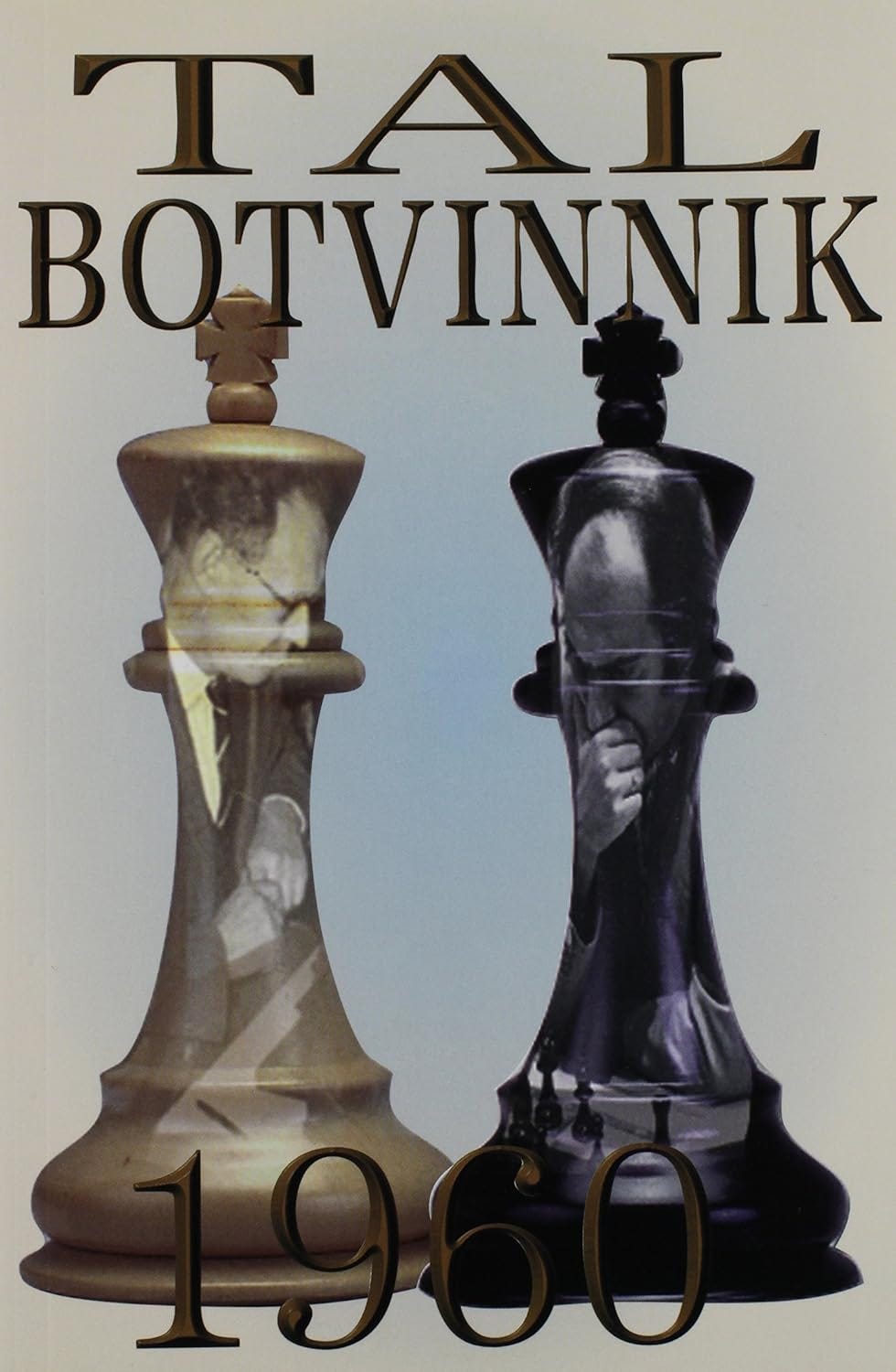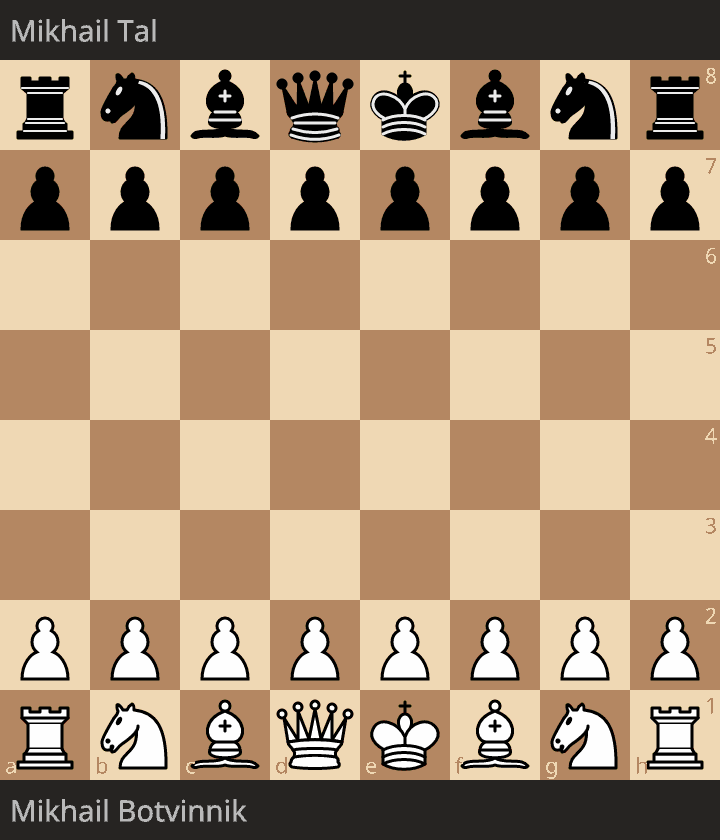Book Review: Tal-Botvinnik 1960 by Mikhail Tal
Maybe the greatest match book of all time?
Tal-Botvinnik 1960 is a classic through-and-through. Reading through Tal is a joy, and the fact that Russell Enterprises made sure to keep the original work unmolested by any editor’s notes poo-pooing Tal’s analysis, variations and annotations makes this particular read ineffably pure. “The Magician From Riga” won the 1960 World Chess Championship at the age of 23, and in the middle of his presumably bohemian rampage of a lifestyle managed to produce one of the greatest entries in chess bibliography.
There isn’t much to say about this book that hasn’t been said by more accomplished players (and readers) than I; I’m mostly here to say that the reviews and critics are probably right. Tal is an excellent writer and story-teller, with a wit and mirth that transcends the oft sterile method of chess analysis. Tal’s words at the beginning of the book written in a particularly self-effacing manner:
His goal was not to discover some move in the struggle through the eyes of a detached spectator, but to try to give the personal feelings, thoughts, agitation, and disappointments of a direct participant in the combat (Tal, Mikhail. Tal-Botvinnik 1960 (p. 4). Kindle Edition. )
In other words, this book will not waste your time with a deep analysis of 1950s era opening analysis, but mostly rather the feelings — the vibes of the game. Tal, as did basically all his contemporaries, considered himself the underdog in his match against the Patriarch Botvinnik. This nervous energy is channeled through his pen to the pages to the reader. You rarely, if ever, have to guess Tal’s feelings during each game. And this is a practical benefit if you’re a tournament player, since you can take Tal’s attitude to the bank.
That said, sometimes his chess isn’t the best to attempt to imitate, since this may be an impossible feat. The games themselves are prime Tal. Inspiring. Devastatingly beautiful. Spirited. Magical. Rarely does chess see a player like Tal over the board (not to mention off the board!) Some of these games you must see to believe. For instance, the sixth entry, which is one of the most beautiful games of all time and features a stunning knight sacrifice:
Of course, there’s more where this came from, since the match spanned 21 games. I was struck by the distinct difference in both player’s style, which, thanks to Tal’s personality, comes through loud and clear in every game.
Tal’s repertoire with White varies. In the first batch of games, he sticks to 1.e4, trying to find ways to crack Botvinnik’s Caro-Kann. Later he tries some English and Reti ideas, and bookends the match with 1.d4. As Black against Botvinnik’s consistent 1.d4 and 1.c4, he often chooses the King’s Indian Defense or Benoni (he refers to these as the same opening), and also the Nimzo-Indian Defense which provided, for me, the most interesting analysis of the theory of the day. Tal’s setups, in a word? Combative. And always seeking complications. In the end, he gets the best of Botvinnik, mostly by trying not to fret over the opening too much, instead taking his opponent into uncharted or less-traveled territory with some surprises here and there, and a healthy sprinkle of dubiousness.

This was very clearly a special match that cemented Tal in history (alas, Tal would lose the rematch the following year).
If you haven’t read Tal, this is a great place to start, and in the process you’ll read one of his many contributions to the corpus of general chess classics that every fan and lover of the game should familiarize themselves with.



